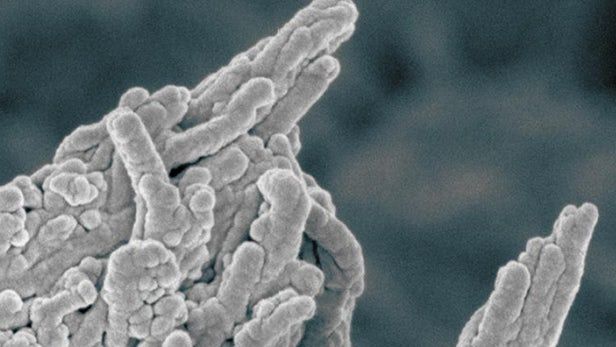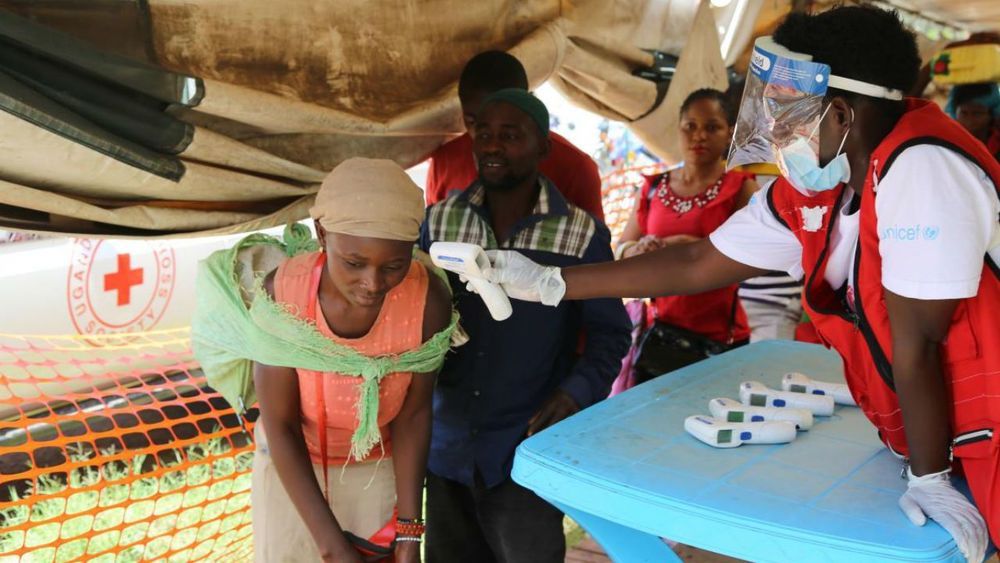Category: biotech/medical – Page 2,649
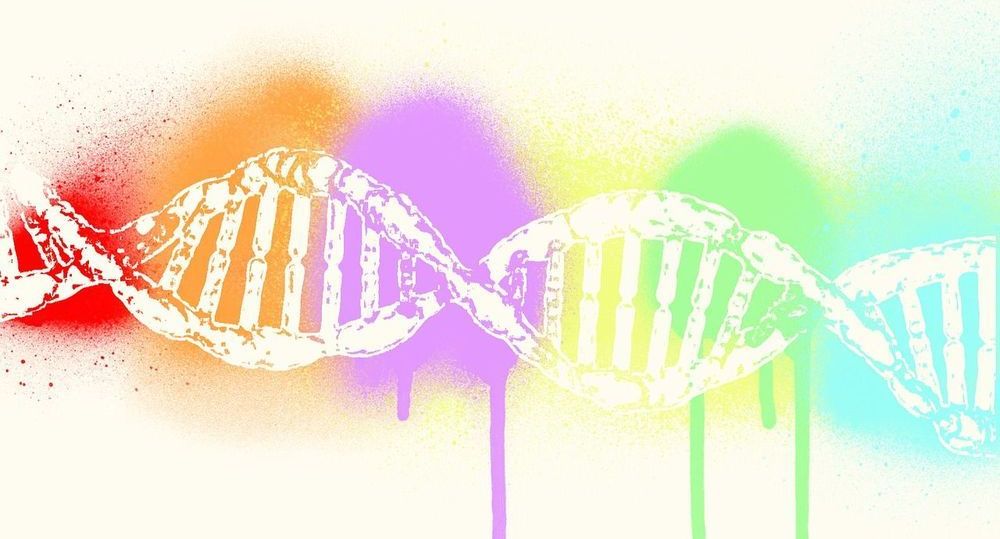
Genome Medical nets $23M to grow its telegenomics service platform
Telegenomics provider Genome Medical has raised $23 million to help scale up its “last-mile” patient counseling services for healthcare systems and individuals across the U.S.
The company also plans to expand its team of clinical genomics specialists as well as continue the development of its delivery platform. The series B round brings Genome Medical’s fundraising total up to $46 million since its 2016 founding.
The latest financing was led by Echo Health Ventures, a collaboration between Cambia Health Solutions and Mosaic Health Solutions. Other new backers included LRVHealth, Casdin Capital, Perceptive Advisors, Manatt Venture Fund and Dreamers Fund.
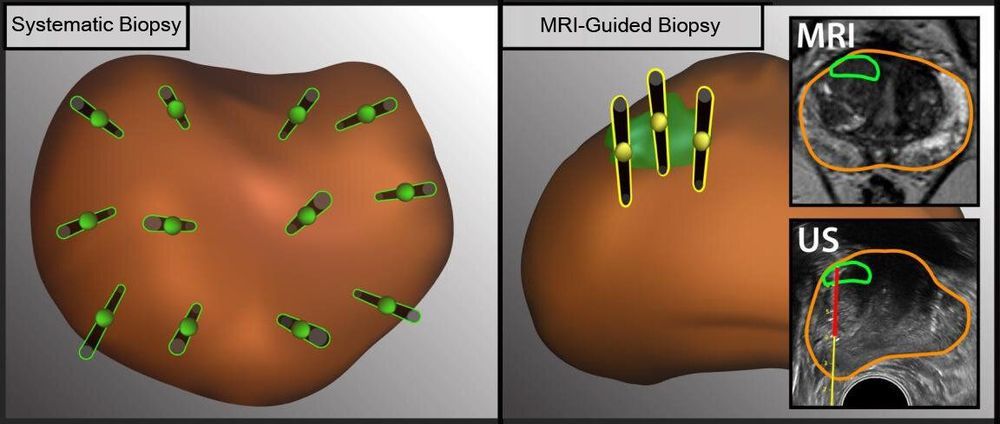
Study shows more effective method for detecting prostate cancer
Each year, 1 million men in the U.S. undergo biopsies to determine whether they have prostate cancer. The biopsy procedure traditionally has been guided by ultrasound imaging, but this method cannot clearly display the location of tumors in the prostate gland.
A multidisciplinary team of UCLA physicians has found that a new method, which includes biopsy guided by magnetic resonance imaging, or MRI, can be used together with the traditional method to increase the rate of prostate cancer detection.
Ultrasound has been used to visualize the prostate in order to take a representative sampling of tissue to biopsy. The introduction of MRI has allowed doctors to see specific lesions in the prostate and only take tissue samples from those spots. But the two sampling methods often aren’t used in combination.
Aging: past, present and future
Isaac Asimov referred to a 70-old man as an old individual who is unlikely to live much longer. Yet, given the present pace of discovery in the ageing field, the pace of ageing could be slowed within our lifetime, with science surpassing science fiction.
Thus, genetic studies have now firmly established that aging is regulated by specific genes conserved from yeast to mice [23,30–34].
Independently of discoveries of AP genes in model organisms, research in cellular senescence yielded complementary results. Cellular senescence is now widely recognized as an essential tumor suppressor mechanisms, and is not a decline due to cellular degeneration. In contrast, the senescence response is an active process caused by activation of both DNA-damage responses (DDR) and mitogen-activated pathways. Senescent fibroblasts acquire phenotypes that include hyper-secretion of inflammatory cytokines and other tissue-altering molecules and hypertrophic morphologies [35–42]. Senescent cells can alter the behavior of neighboring cells [35], and may drive aging and age-related diseases [43]. Cellular senescence can be prevented by knocking out cell cycle inhibitors such as p53, pRb, p21 and p16 [44–48].
“Future of Healthy Longevity”
Liz in this video is speaking to the mormons. THE MORMONS do not care a lot for me. Mostly due to when they push their thoughts that are wrong I push back. {I dealt with one of their prophets Years ago} and some of the minds of this day, their wrong-thoughts are the same as in 2003–4. When one is adjusting their comments, they then freak out and begin attacking your truth that moved their comments-thoughts out of the way. The truth will cut you loose. Respect r.p.berry & AEWR wherein the many causes of aging have been found and a cure located by our Data research. We search for partners-investors to now join us in agings end…
At the 2018 Conference of the Mormon Transhumanist Association, held 7 Apr 2018 at the Marriott Hotel and Conference Center in Provo, UT, speakers addressed the themes of Mormonism, Transhumanism and Transfigurism, with particular attention to topics at the intersection of technology, spirituality, science and religion. Members, friends and critics of the association have many views. This is one of them. It is not necessarily shared by others.
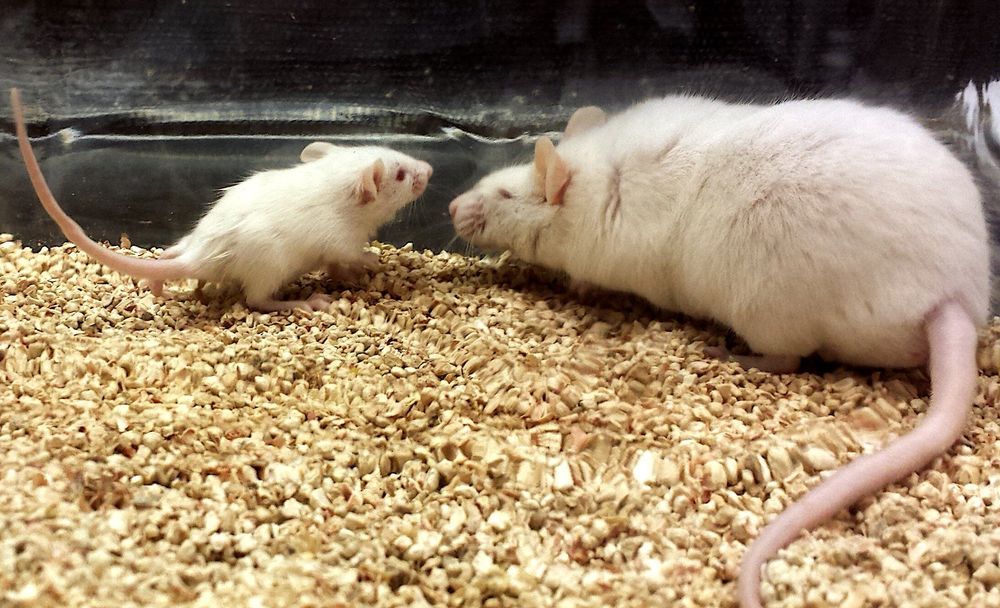
Researchers find synapse-boosting factors in young blood
A team of researchers at Stanford University has found synapse-boosting factors in the blood of young mice. In their paper published in Proceedings of the National Academy of Sciences, the group describes their study of the rejuvenating impact of blood from young mice when transfused into older mice, and what they learned about it.

Ebola-ravaged Congo now hit with 87,000 suspected measles cases, officials say
A measles epidemic has been declared in the Democratic Republic of the Congo, a country struggling to contain the world’s second-largest and second-deadliest Ebola outbreak.
Add Measles as an interest to stay up to date on the latest Measles news, video, and analysis from ABC News.
Are Humans Really On The Brink Of Achieving Immortality?
This week, UK-based futurologist Ian Pearson announced humanity will achieve immortality by the year 2050. Is he right?
According to the former rocket scientist and IT engineer – who claims to have an 85 percent success rate “when looking 10–15 years ahead” – recent advances in biomedical and computing technology will inevitably lead to victory over death via one of three means:
